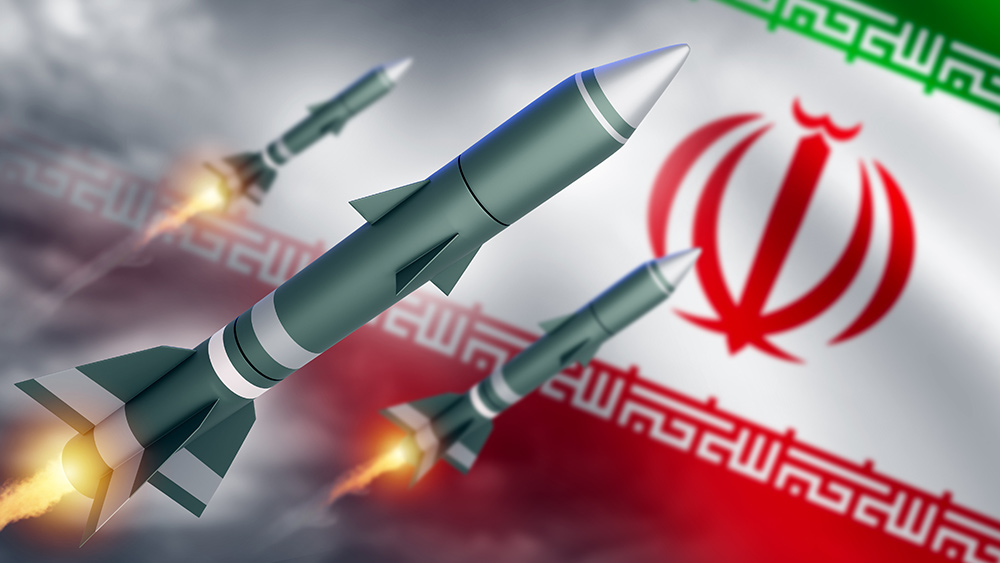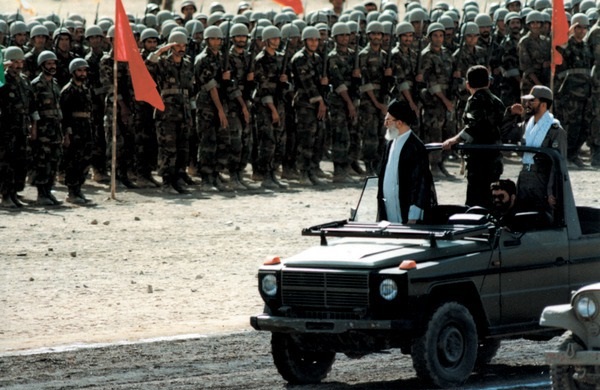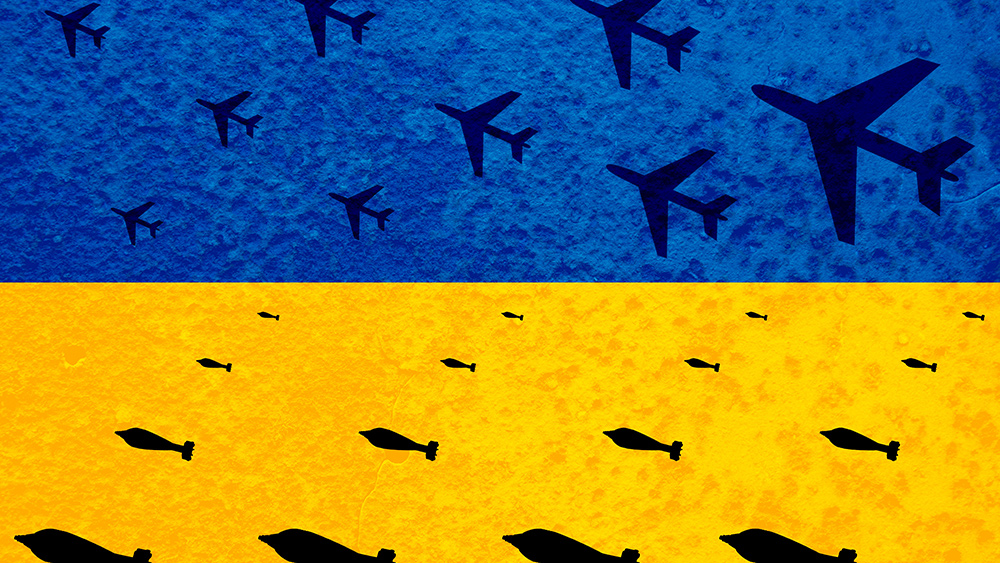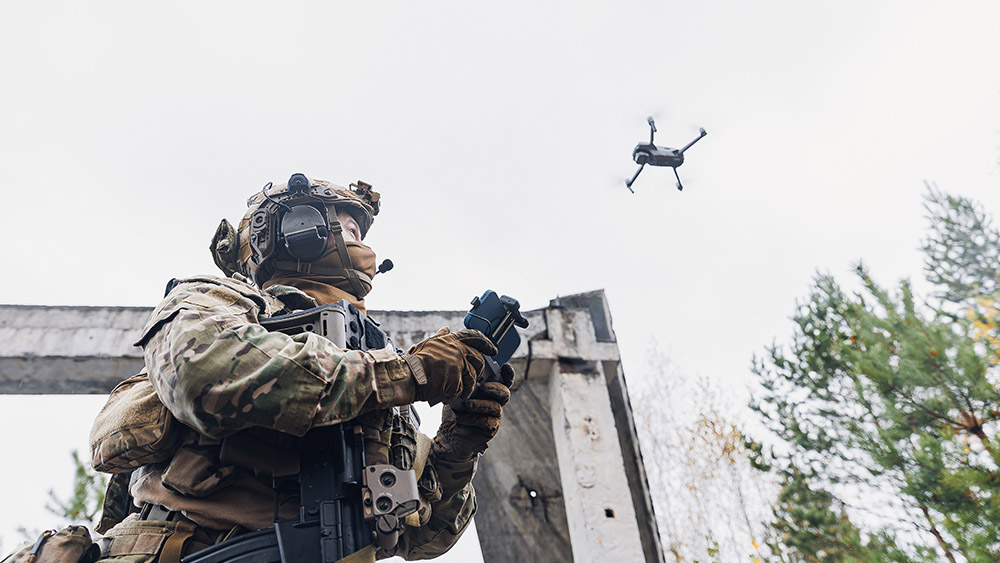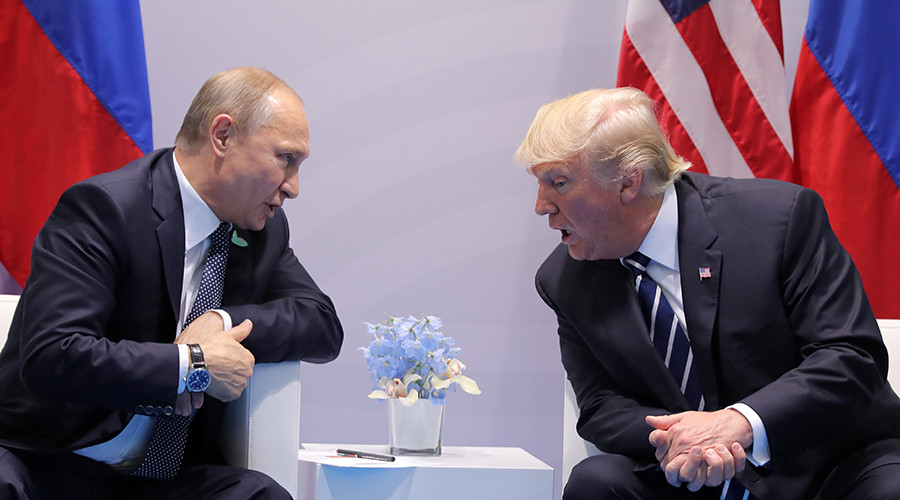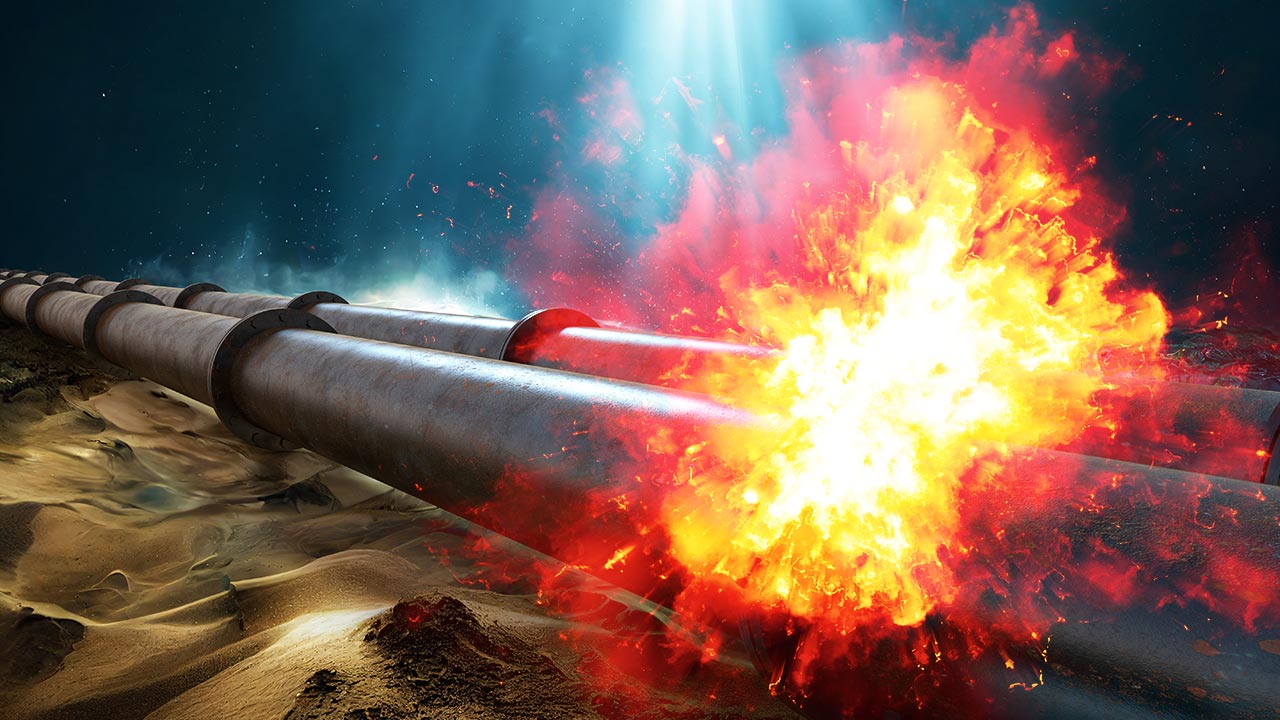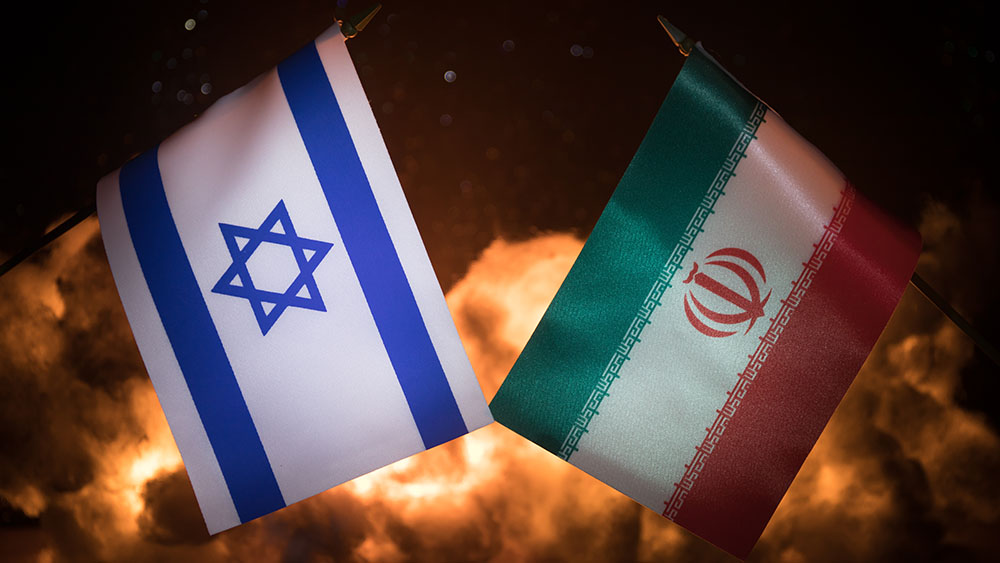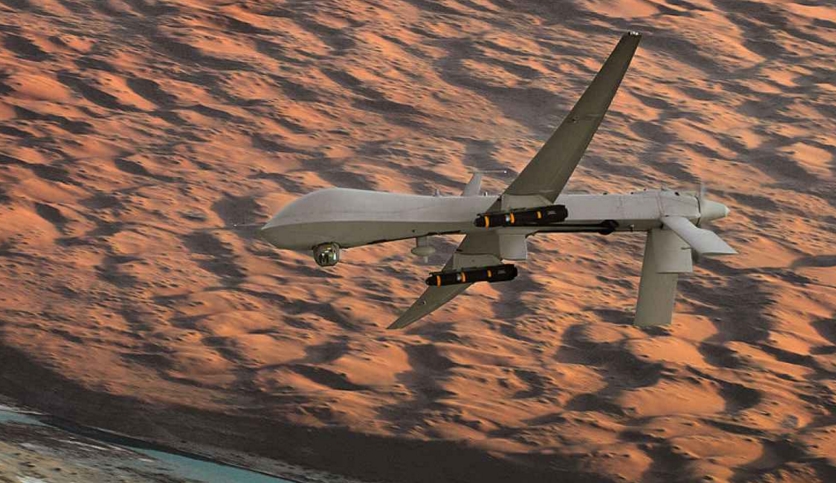Russia’s Cold War “iron cloud” defense system could resurface amid modern missile threats
10/20/2025 / By Kevin Hughes
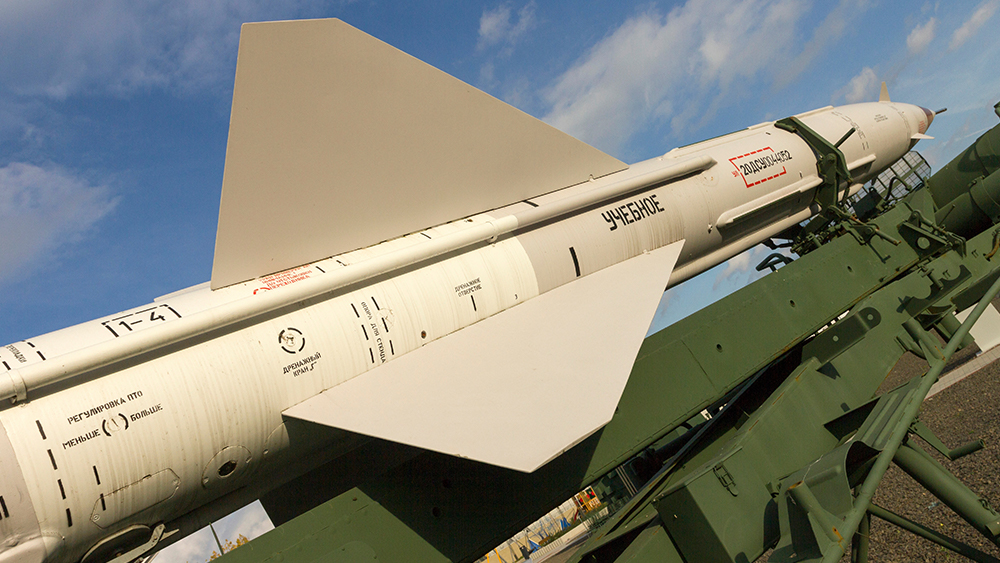
- Russia may be revisiting the Mozyr Active Protection Complex (KAZ), a Soviet-era system designed to protect ICBM silos by creating an “iron cloud” of tungsten rods, steel balls and metal darts to shred incoming warheads. Originally developed in the 1970s, it was 90 percent effective in tests but abandoned in 1991 due to Soviet collapse and funding cuts.
- Unlike traditional missile defense, Mozyr acts as a last-line kinetic kill system, firing 40,000 projectiles at Mach 5.3 to mechanically destroy warheads without triggering nuclear detonation. Successfully intercepted simulated warheads from R-36M2 “Satan” ICBMs, some of the most powerful missiles ever built.
- With the ABM Treaty scrapped in 2002 and Russia facing advanced U.S. hypersonic threats (like the LGM-35A Sentinel), Moscow may be reconsidering Mozyr. Reports suggest a modernized version could intercept cruise missiles, precision-guided bombs and maneuvering hypersonic warheads.
- Mozyr’s redeployment could make disarming first strikes against Russian ICBMs far harder, altering nuclear strategy. Unlike costly interceptors, Mozyr offers a cheaper, last-ditch defense, potentially sparking a new arms race in missile countermeasures.
- The U.S. explored similar concepts (e.g., “Swarmjet”) but never deployed them. With China expanding MIRV-capable ICBMs, Mozyr’s return could reshape global missile defense dynamics—its revival may be closer than expected.
As global tensions escalate and nuclear-capable ballistic missiles become faster, more precise and harder to intercept, Russia may be revisiting a once-abandoned Soviet-era defense system designed to protect its most critical nuclear assets: the Mozyr Active Protection Complex (KAZ).
Originally developed in the 1970s and tested in the late 1980s, the Mozyr system was engineered to shield intercontinental ballistic missile (ICBM) silos from incoming warheads using a shotgun-like barrage of tungsten rods, steel balls and metal darts—creating an impenetrable “iron cloud” in the missile’s terminal descent phase.
According to BrightU.AI‘s Enoch, a ballistic missile defense (BMD) system is designed to intercept and destroy incoming ballistic missiles, thereby protecting a specific geographical area or asset from missile attacks. These systems are a critical component of national defense strategies for many countries, particularly those with potential adversaries possessing ballistic missile capabilities.
Unlike traditional missile defense systems that rely on interceptors, Mozyr functioned as a last-line kinetic kill system. When radar detected an incoming warhead, the system unleashed a synchronized volley of up to 40,000 metal projectiles at speeds exceeding 1.8 km/s (Mach 5.3). These projectiles formed a dense, lethal barrier that could mechanically shred an ICBM warhead before impact.
According to Russian military sources, the system was 90 percent effective in tests, successfully intercepting simulated warheads from R-36M2 “Satan” ICBMs—some of the most powerful missiles ever built. The warheads were destroyed without triggering a nuclear detonation, a critical feature for preventing accidental escalation.
Despite its success, the project was halted in 1991 due to Soviet collapse and funding cuts. Some analysts suggest political concerns also played a role—the U.S. might have viewed Mozyr as a violation of the Anti-Ballistic Missile (ABM) Treaty, though Soviet engineers argued it complied since it protected silos rather than cities.
However, with the ABM Treaty now defunct (scrapped in 2002) and Russia facing advanced U.S. MIRV-capable missiles (like the upcoming LGM-35A Sentinel) and hypersonic glide vehicles, Moscow may be reconsidering Mozyr’s potential.
Technological advancements could make Mozyr more effective
In 2012, Russian media reported that the Defense Ministry was exploring a modernized version of Mozyr, capable of intercepting not just ballistic warheads but also cruise missiles and precision-guided bombs. The project was canceled only because of funding issues, not technical failures.
Experts suggest that advancements in radar and computing could make a revived Mozyr even more effective against modern threats, including maneuvering hypersonic warheads.
If Russia redeploys Mozyr, it could fundamentally alter nuclear deterrence dynamics. Unlike traditional missile defense, which relies on costly interceptors, Mozyr offers a cheaper, last-ditch solution to protect silos—potentially making a disarming first strike against Russia’s ICBMs far harder.
Meanwhile, the U.S. has explored similar concepts, such as the Cold War-era “Swarmjet” system but never fielded one. With China rapidly expanding its MIRV-capable ICBM arsenal, the return of active silo defense could spark a new arms race in missile countermeasures.
The Mozyr system represents a forgotten Cold War breakthrough—one that may soon re-emerge as global powers grapple with next-generation missile threats. Whether Russia will fully revive it remains uncertain, but the technology’s potential to reshape nuclear strategy cannot be ignored.
For now, the “iron cloud” remains a relic of Soviet ingenuity—but in an era of hypersonic arms races and crumbling treaties, its return may be closer than people think.
Watch the video below about Russia conducting a strategic nuclear strike exercise.
This video is from the Delacabra channel on Brighteon.com.
Sources include:
Submit a correction >>
Tagged Under:
ballistic missile, big government, chaos, China, Cold War, dangerous, defense system, ICBM, iron cloud, kinetic kill system, military tech, MIRV, Moscow, Mozyr, national security, nuclear weapons, R-36M2, Russia, Swarmjet, violence, weapons technology, WWIII
This article may contain statements that reflect the opinion of the author
RECENT NEWS & ARTICLES
COPYRIGHT © 2018 MILITARYTECHNOLOGY.NEWS
All content posted on this site is protected under Free Speech. MilitaryTechnology.news is not responsible for content written by contributing authors. The information on this site is provided for educational and entertainment purposes only. It is not intended as a substitute for professional advice of any kind. MilitaryTechnology.news assumes no responsibility for the use or misuse of this material. All trademarks, registered trademarks and service marks mentioned on this site are the property of their respective owners.

